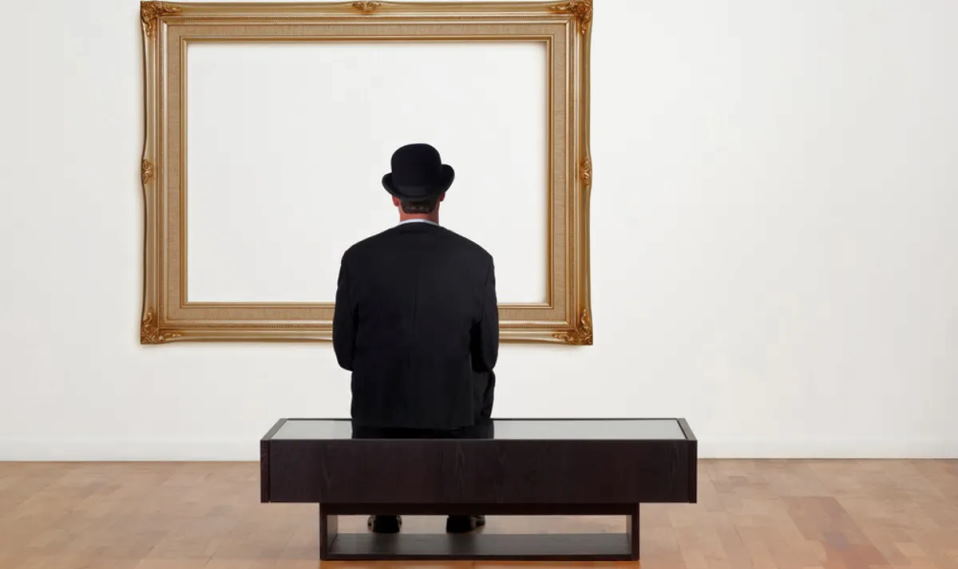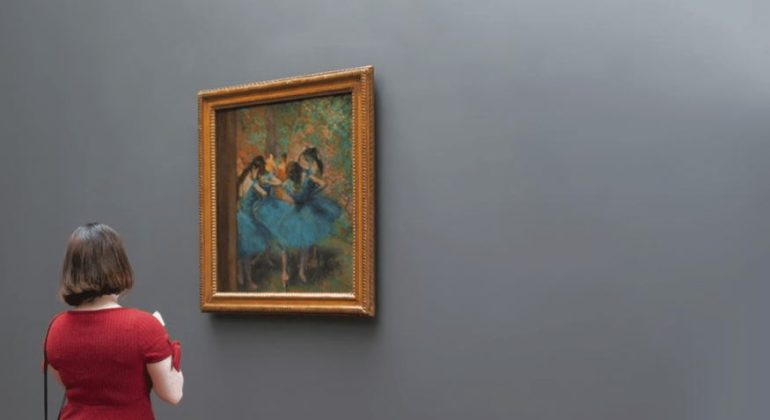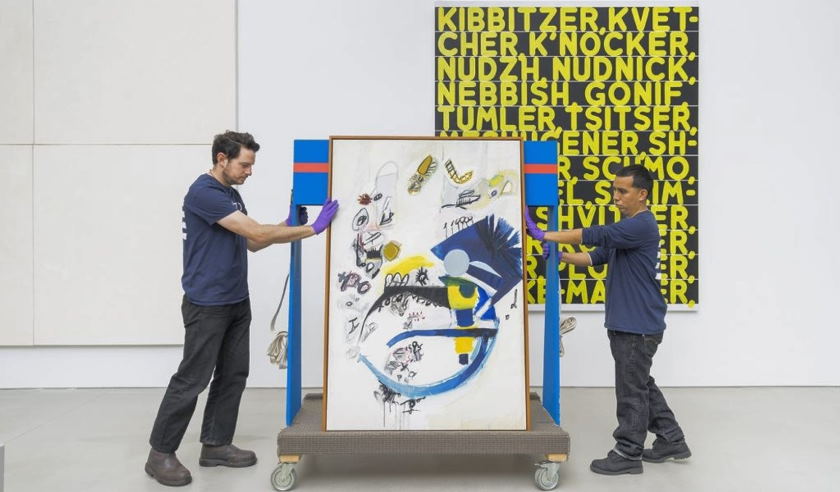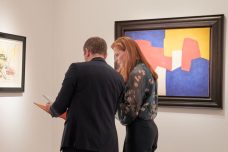As an art collector, one of the most important things you must know is how to evaluate artwork for quality and authenticity. This will help ensure that you don’t end up spending your money on a forgery or a piece of artwork that isn’t worth very much. In this blog post, we’ll discuss what you should look for when evaluating artwork and tips on spotting a fake. So keep reading to learn more!
How to authenticate and evaluate paintings for your collection
When it comes to art, there are a lot of different ways to evaluate the quality and authenticity of a piece. Here are some tips on how to tell if an art piece is a high quality and worth your investment:
- Examine the materials used. Make sure that the materials used in the piece are of good quality and will last over time.
- Check out the artist’s reputation. Do some research on the artist and see if they have a good reputation in the art world.
- Ask about provenance. If you buy an expensive piece of art, ask about its provenance or history. This will help you determine if the piece is authentic or not.
- Have it appraised. If you are unsure about a piece of art, have it appraised by a professional. This will give you a better idea of its value.
- Follow your gut. Ultimately, you should go with your gut feeling when deciding if a piece of art is right for you. If you love it, then it is probably worth the investment!
Evaluate artwork for quality, value, and investment potential
When assessing a piece of art, you will want to consider its quality, value, and investment potential. Quality is determined by the artist’s skill, the materials used, and the piece’s condition. Value is based on supply and demand and the piece’s cultural or historical significance. Finally, investment potential takes into account both quality and value, as well as the possibility for appreciation over time.
To get a better sense of these factors, let’s take a closer look at each one:
Quality: The first thing you’ll want to evaluate when looking at a piece of art is its quality. This can be determined by examining the artist’s skill, the materials used, and the piece’s condition.
Artist skill: When assessing quality, the artist’s skill is one of the most important factors to consider. To get a sense of an artist’s skill level, you can look at their training, experience, and body of work. You can also ask yourself if the piece looks well-executed and if it displays a high level of technical proficiency.
Materials used: Another factor that can affect the quality is the materials used in the piece. For example, a painting made with high-quality paints on a sturdy canvas is likely to be of better quality than a painting made with cheaper materials. Similarly, a sculpture made from marble is likely to be of higher quality than one made from plaster.
Condition: The condition of a piece of art can also impact its quality. A piece that is in good condition is likely to be of higher quality than one that is damaged or has been repaired.

Value: In addition to quality, you’ll also want to consider value when assessing a piece of art. Value is determined by supply and demand and the piece’s cultural or historical significance.
Supply and demand: One of the main factors that affect value is supply and demand. It is likely less valuable than a rare or unique piece if there are many copies of a work or if it is easy to produce. On the other hand, if there is high demand for work but limited supply, it is likely to be more valuable.
Cultural or historical significance: Another factor impacting value is the piece’s cultural or historical significance. For example, a work by a famous artist is likely to be more valuable than a work by a lesser-known artist. Similarly, a piece with historical significance, such as an antique, is likely to be more valuable than contemporary work.
Investment potential: When assessing investment potential, you’ll want to consider both quality and value and the possibility for appreciation over time. If you’re considering investing in a piece of art, it’s important to do your research and consult an expert to get a sense of the work’s long-term prospects.
Keep in mind that assessing quality, value, and investment potential can be subjective. What one person considers a valuable piece of art may not be seen as such by someone else. It’s important to use your judgment when assessing a work of art and consult with an expert if you’re unsure about any of the factors involved.








